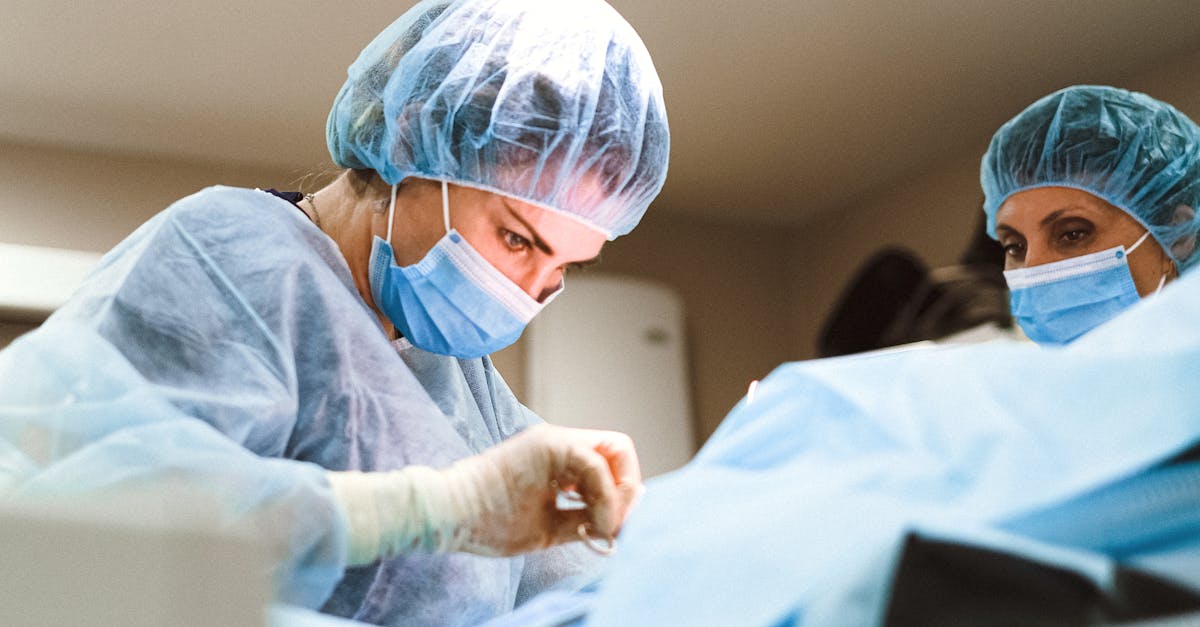Rectus Femoris Pain After Hip Replacement: Managing Thigh Muscle Discomfort
Understanding and Addressing Rectus Femoris Discomfort After Hip Replacement

Rectus Femoris Pain After Hip Replacement: Managing Thigh Muscle Discomfort.
Hip replacement surgery can provide significant relief from pain and improve mobility. However, in some cases, patients may experience persistent thigh muscle discomfort or pain. One common cause of this discomfort is irritation or injury to the rectus femoris muscle.
The rectus femoris is a large muscle that runs along the front of the thigh. It is responsible for extending the knee and flexing the hip. During hip replacement surgery, the rectus femoris muscle may be stretched, bruised, or even torn. This can lead to pain, swelling, and difficulty moving the leg.
1. Causes of Rectus Femoris Pain After Hip Replacement
Causes of Rectus Femoris Pain After Hip Replacement: Explore the Underlying Factors Contributing to Thigh Muscle Discomfort Post-Surgery
Rectus femoris pain after hip replacement surgery is a common complication, affecting up to 30% of patients. The pain is typically located in the front of the thigh and may be worse with activities that involve bending or straightening the knee. In severe cases, the pain can make it difficult to walk or perform other повседневных activities.
There are a number of factors that can contribute to rectus femoris pain after hip replacement surgery. These include:
-
Trauma to the muscle: The rectus femoris muscle may be injured during surgery, either from the incision itself or from the surgical instruments. This can lead to bleeding, swelling, and pain.
-
Nerve damage: The nerves that supply the rectus femoris muscle may also be injured during surgery. This can lead to numbness, tingling, and pain.
-
Muscle weakness: The rectus femoris muscle may become weak after surgery, due to disuse or nerve damage. This can make it difficult to move the leg and can lead to pain.
-
Scar tissue: Scar tissue can form around the rectus femoris muscle after surgery. This can compress the muscle and cause pain.
-
Infection: In rare cases, the rectus femoris muscle may become infected after surgery. This can lead to severe pain, swelling, and redness.
If you are experiencing rectus femoris pain after hip replacement surgery, it is important to see your doctor to rule out any underlying causes. Treatment for rectus femoris pain typically involves rest, ice, and physical therapy.
2. Assessment and Diagnosis

Assessment and Diagnosis: Learn about Methods Used to Evaluate the Condition and Confirm a Rectus Femoris Muscle Injury
Rectus femoris pain after hip replacement surgery is typically diagnosed based on a physical examination and the patient’s history. The doctor will ask about the patient’s symptoms, including the location and severity of the pain, and when it occurs. The doctor will also perform a physical examination to assess the range of motion in the leg and to look for signs of swelling, bruising, or tenderness in the rectus femoris muscle.
In some cases, the doctor may order imaging tests, such as an X-ray or MRI, to confirm the diagnosis. These tests can help to rule out other causes of pain, such as a fracture or a nerve injury.
Once the diagnosis of rectus femoris pain has been confirmed, the doctor will develop a treatment plan. Treatment typically involves rest, ice, and physical therapy. In severe cases, surgery may be necessary.
3. Conservative Treatment Options
Conservative Treatment Options: Discover Non-Surgical Interventions, Including Rest, Ice, and Physical Therapy, to Alleviate Pain
The primary goal of conservative treatment for rectus femoris pain after hip replacement surgery is to reduce pain and inflammation and to improve range of motion. Treatment typically involves a combination of rest, ice, and physical therapy.
-
Rest: Resting the leg can help to reduce pain and inflammation. Patients may be advised to avoid activities that aggravate the pain, such as walking or climbing stairs.
-
Ice: Applying ice to the affected area can help to reduce pain and swelling. Ice should be applied for 15-20 minutes at a time, several times a day.
-
Physical therapy: Physical therapy can help to improve range of motion and strength in the leg. A physical therapist can teach patients exercises to stretch and strengthen the rectus femoris muscle and to improve knee and hip function.
In most cases, conservative treatment is effective in relieving rectus femoris pain after hip replacement surgery. However, in some cases, surgery may be necessary.
4. Surgical Intervention

Surgical Intervention: In Certain Cases, Surgical Approaches May Be Necessary to Address Severe or Persistent Rectus Femoris Pain
In some cases, surgical intervention may be necessary to address severe or persistent rectus femoris pain after hip replacement surgery. Surgery may be necessary to repair a torn muscle, to release scar tissue, or to address other underlying causes of the pain.
The type of surgery that is performed will depend on the underlying cause of the pain. In some cases, a minimally invasive procedure may be possible. However, in other cases, a more extensive surgery may be necessary.
After surgery, patients will typically need to undergo a period of rehabilitation to regain range of motion and strength in the leg. Physical therapy can help to ensure that the patient makes a full recovery.
5. Prevention and Recovery Tips
Prevention and Recovery Tips: Practical Advice on Minimizing the Risk of Rectus Femoris Pain and Promoting a Successful Recovery
There are a number of things that patients can do to minimize the risk of rectus femoris pain after hip replacement surgery and to promote a successful recovery.
-
Follow your doctor’s instructions: Be sure to follow your doctor’s instructions carefully regarding activity restrictions and pain management.
-
Use assistive devices: Use a cane or walker as recommended by your doctor to help you get around and to take pressure off of the leg.
-
Do your exercises: Physical therapy is an important part of recovery from hip replacement surgery. Be sure to do your exercises as directed by your physical therapist.
-
Avoid overdoing it: It is important to avoid overdoing it during the recovery period. Gradually increase your activity level as tolerated.
-
Listen to your body: If you experience any pain, swelling, or other symptoms, be sure to stop the activity and contact your doctor.
By following these tips, you can help to minimize the risk of rectus femoris pain and promote a successful recovery from hip replacement surgery.
Quiz
1. What is the most common cause of rectus femoris pain after hip replacement surgery?
(a) Trauma to the muscle (b) Nerve damage (c) Muscle weakness (d) Scar tissue
2. What is the primary goal of conservative treatment for rectus femoris pain?
(a) To repair a torn muscle (b) To reduce pain and inflammation (c) To improve range of motion (d) To prevent future pain
3. What type of surgery may be necessary to address severe or persistent rectus femoris pain?
(a) Minimally invasive procedure (b) Open surgery (c) Arthroscopic surgery (d) Revision hip replacement surgery
4. True or False: It is important to follow your doctor’s instructions carefully regarding activity restrictions and pain management after hip replacement surgery.
(a) True (b) False
5. True or False: Physical therapy is not an important part of recovery from hip replacement surgery.
(a) True (b) False
Answer Key
- (a)
- (b)
- (b)
- (a)
- (b)
